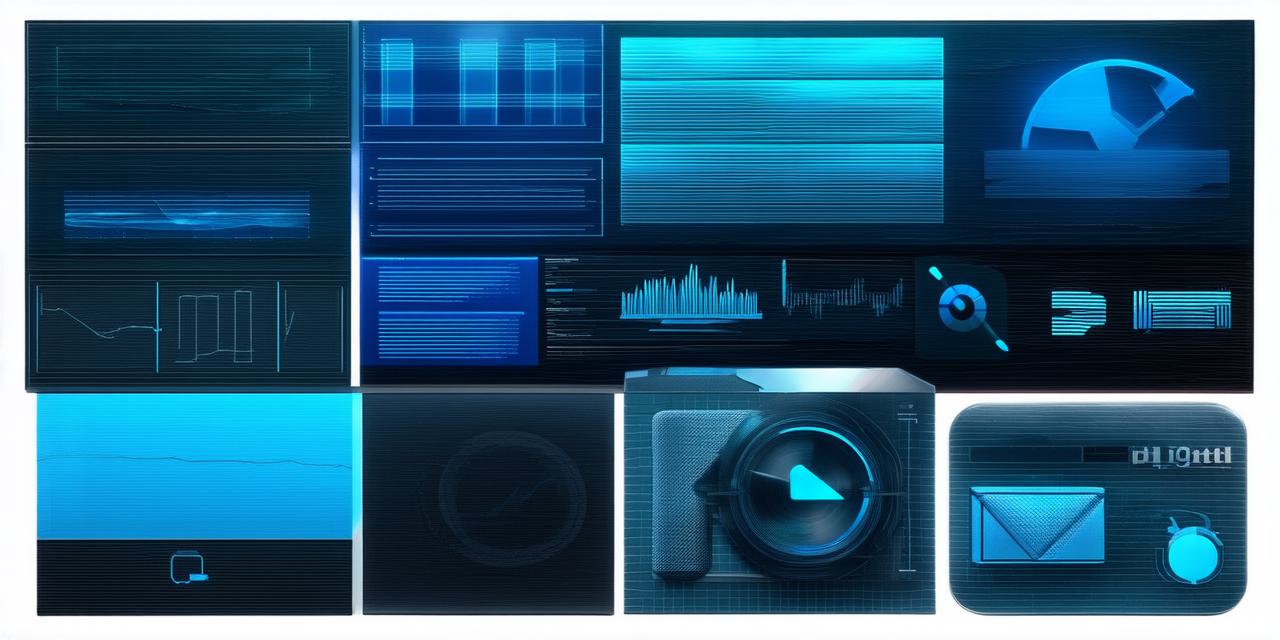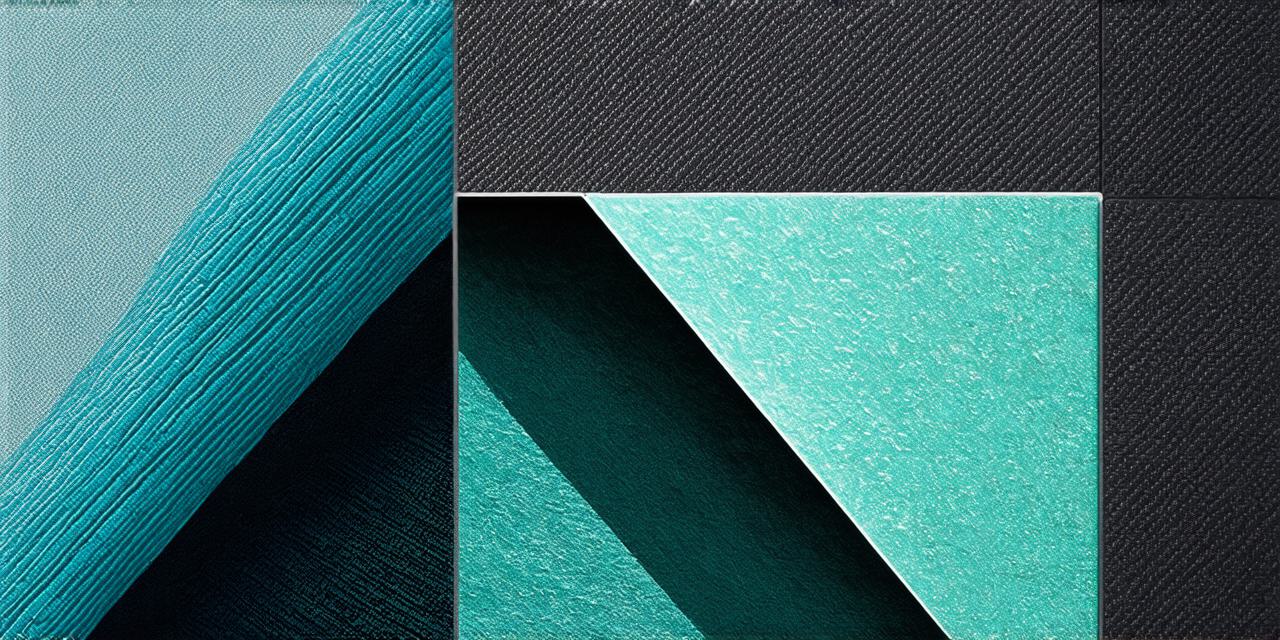Digital art, also known as digital painting, is an artistic practice that involves creating art using digital tools and software. With the rise of technology and the increasing popularity of digital art, there has been much debate about whether it can be considered true art or not. In this article, we will explore this topic and examine the arguments for both sides.

What is Digital Art?
Digital art is an artistic practice that involves creating art using digital tools and software. It includes a wide range of creative practices such as digital painting, animation, 3D modeling, virtual reality, and more. Digital artists use various software programs, including Photoshop, Illustrator, Maya, Blender, and others to create their art. They can work on their art using a mouse or tablet, or even with a virtual reality headset.
The Advantages of Digital Art
One of the main advantages of digital art is that it allows artists to experiment with new techniques and styles without the limitations of traditional mediums like canvas or paper. With digital art, artists can easily create complex designs, add layers of effects, and manipulate images in ways that would be impossible with traditional tools.
Another advantage of digital art is that it is more accessible than traditional art forms. Anyone with a computer and internet access can create digital art, regardless of their skill level or location. This has led to a democratization of the art world and given rise to new forms of creativity.
The Disadvantages of Digital Art
Despite its many advantages, digital art is not without its drawbacks. One of the main criticisms of digital art is that it lacks the tactile experience of traditional art. Many people argue that there is something unique and special about creating art by hand, and that this cannot be replicated on a computer screen.
Another criticism of digital art is that it can be easily manipulated or copied. With the rise of image editing software, it has become easier than ever to alter or copy images, which some argue undermines the value of originality in art.
Is Digital Art True Art?
The question of whether digital art is true art is a complex and nuanced one. On the one hand, many people argue that digital art is just as valid and creative as traditional art. They point to the fact that digital artists can create stunning works of art using their skills and creativity, and that these works should be recognized as true art.
On the other hand, some argue that digital art is not true art because it lacks the authenticity and tactile experience of traditional art. They believe that the value of art lies in its physicality and the connection it creates between the artist and the viewer.
The Case for Digital Art as True Art
Many people argue that digital art should be considered true art because it allows artists to create works of art that would not be possible using traditional mediums. For example, digital artists can create complex designs, add layers of effects, and manipulate images in ways that would be impossible with paint or canvas.
Another argument for digital art as true art is that it allows for greater creativity and experimentation. With the vast range of tools and software available to digital artists, they have the ability to explore new techniques and styles, and push the boundaries of what is possible in art.
The Case Against Digital Art as True Art
Some people argue that digital art is not true art because it lacks the authenticity and tactile experience of traditional art. They believe that the value of art lies in its physicality and the connection it creates between the artist and the viewer.
Another argument against digital art as true art is that it can be easily manipulated or copied. With the rise of image editing software, it has become easier than ever to alter or copy images, which some argue undermines the value of originality in art.
Real-Life Examples of Digital Art
There are many examples of digital art that have gained recognition as true art. One such example is the work of Rafael Lozano-Hemmer, a Mexican digital artist who creates interactive installations using technology.



